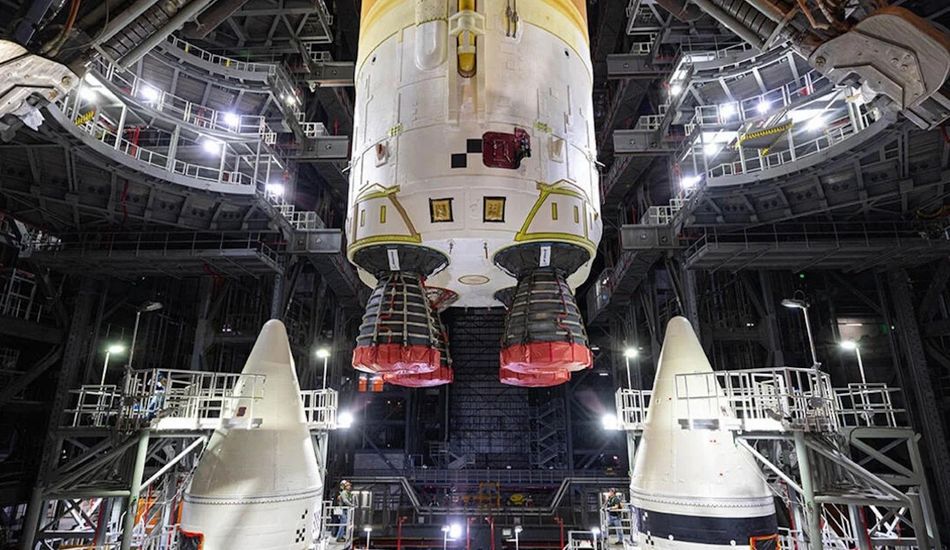
Shuttle-Era Rocket Engines Ready for Artemis Moon Mission
It's pretty wild to think that NASA is dusting off tech from the Space Shuttle era for its big new Moon missions. I mean, we're talking about engines that have already seen a combined 22 flights! It just goes to show you how well-engineered some of that old hardware really was.
These RS-25 engines, the ones powering the Space Launch System (SLS), recently went through some serious testing down in Florida. Engineers wanted to make absolutely sure that everything was talking to each other correctly before they strap astronauts on top of this thing for Artemis 2. And when you're sending people to the Moon after more than 50 years, you definitely don't want to leave anything to chance!
What I found particularly interesting is how much these engines have "personality," according to the engineers who work on them. Bill Muddle, an RS-25 field engineer, said that the engines “talk to you." How cool is that? Apparently, they can give you clues about their health and whether they need some TLC. It's like having a really complicated, fire-breathing pet.
Of the four engines they're using for Artemis 2, three are veterans. One even flew on the very last Space Shuttle mission back in 2011. The other is a newbie, ready to make its mark. It's a mix of old and new, experience and fresh blood, all working together to get us back to the lunar surface.
However, this reliance on older tech isn't without its critics. The SLS program has already gone way over budget, and each launch is projected to cost an insane amount of money. I understand that space exploration is expensive, but these figures are eye-watering.
There was even talk of phasing out the SLS altogether and switching to commercial rockets. That would have been a major shift. But thankfully, the Senate just approved a budget that throws a lifeline to the Artemis program and its SLS rocket. So, for now, it looks like these shuttle-era engines will get their chance to shine once again.
When you consider the enormous costs to get this program off the ground, you have to wonder if using components from the Space Shuttle program was such a great idea after all. I mean, sure, it was supposed to save money, but it seems like it's had the opposite effect. It's like trying to renovate an old house – sometimes it's cheaper to just build a new one!
Still, it's hard not to feel a little excited about seeing these engines roar to life again. They're a piece of history, and they're about to play a big role in humanity's next giant leap. And, in the end, if it gets us back to the Moon safely, maybe the cost will be worth it.
Source: Gizmodo